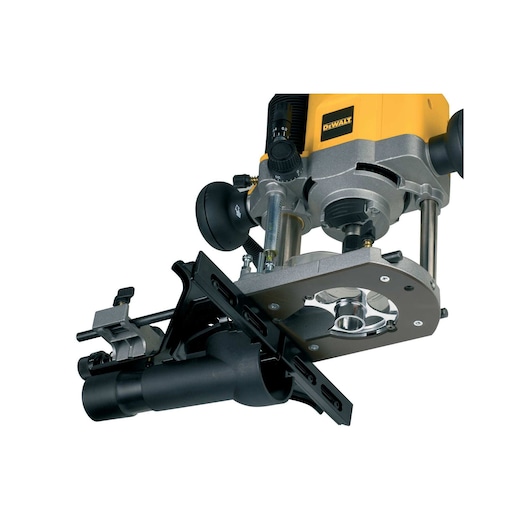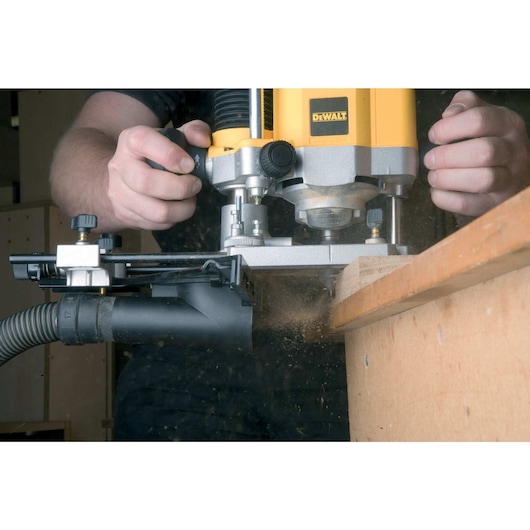The Captain
~~~~~~~~~~
Hi chaps,
I've wondering if here might be a good place to ask ideas, having recently read Lord James of Ergo mentioning he might 'start to make a pile of router dust again'. Dust you see.. is my enemy.
What I have is a situation where I use 5 routers, each set up with a bit in for convenience. A skilsaw, & a mitresaw.
I remove significant wood, mostly via router, from 2 materials: birch ply, & 3/4" solid pine. Both nasty (esp the birch ply).
As I have a useful west wind 'across' me here.. I've done my cutting/ routing etc -outside- & lumping the nasty dust all over me. Brush it off swearing etc. Mask, raincoat, cap, glasses ear goggles cover most of me.. but of course I'm covered in dust, & sweat. Time for a change.
I have a workshop, for my 'jointing/ glueing/ finishing' work.. IE nicer non-dust work, once the nasty outside cutty jobs done. I've kinda wanted it to be 'clean' so haven't thought of doing any router work in here, due to awful dust making life a misery.
I've always thought any vacuum system, wouldn't quite cut the mustard, & I'd still be partially covered (being inside = really nasty). But I need to explore this option now. Maybe progress has been made over last 10yrs. So, could I ask opinions on dust extraction systems? perhaps from spkr DIY'ers who likely have nasty routed mdf to contend with.
Thanks for reading, Capt
I've wondering if here might be a good place to ask ideas, having recently read Lord James of Ergo mentioning he might 'start to make a pile of router dust again'. Dust you see.. is my enemy.
What I have is a situation where I use 5 routers, each set up with a bit in for convenience. A skilsaw, & a mitresaw.
I remove significant wood, mostly via router, from 2 materials: birch ply, & 3/4" solid pine. Both nasty (esp the birch ply).
As I have a useful west wind 'across' me here.. I've done my cutting/ routing etc -outside- & lumping the nasty dust all over me. Brush it off swearing etc. Mask, raincoat, cap, glasses ear goggles cover most of me.. but of course I'm covered in dust, & sweat. Time for a change.
I have a workshop, for my 'jointing/ glueing/ finishing' work.. IE nicer non-dust work, once the nasty outside cutty jobs done. I've kinda wanted it to be 'clean' so haven't thought of doing any router work in here, due to awful dust making life a misery.
I've always thought any vacuum system, wouldn't quite cut the mustard, & I'd still be partially covered (being inside = really nasty). But I need to explore this option now. Maybe progress has been made over last 10yrs. So, could I ask opinions on dust extraction systems? perhaps from spkr DIY'ers who likely have nasty routed mdf to contend with.
Thanks for reading, Capt



